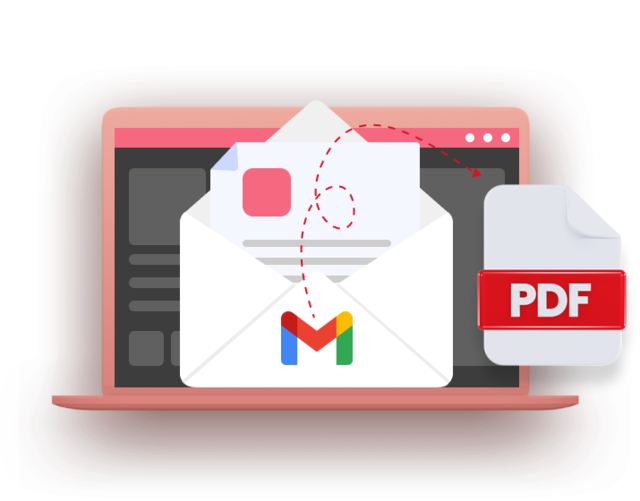Gmail is a well-known platform to send emails in the modern age. But organizing and managing your emails can be difficult. It’s great to be able to send and save emails in PDF format.
Why should you save Emails as PDF?
It is important to understand why it’s crucial to save emails as PDF. Portable Document Format (PDF) is a standard format that is able to be used on a variety of devices. If you convert your emails to PDF, you create a snapshot of the contents that preserves the original formatting along with attachments and the overall structure. It’s a great method to preserve important information and make it simple to send out. For more information, click Save Email to PDF

How to save a single Email as a PDF in Gmail
1. Open the email: Sign into your Gmail account. Select the email you wish to save as PDF.
2. Click on the Print icon Find the print icon (usually represented by a printer) in the email window. In order to open the dialog for printing, just click it.
3. Select “Save as PDF” as the destination: In the dialog box for printing, choose “Save as PDF” from the list of printers available.
4. Change Settings (Optional) Prior to saving, you can adjust settings like layout, paper size, and orientation to suit your needs.
5. Click ‘Save’ Then click the “Save” button to choose the destination directory on your computer. You can then save the email as a PDF file.
Your Ultimate Guide for Seamless Conversion
Let’s review additional ideas and suggestions to enhance your experience emailing PDFs to Gmail.
Create folders for organizing your files. To keep a systematic procedure in place, you can create folders dedicated to different categories. As an example, you may have folders to organize work-related emails as well as personal correspondence. Or specific projects. The folders allow you to find emails by saving them as PDFs.
Batch Processing: If you have multiple emails to save, Gmail allows you to print them and select them in batches. This can be helpful when you wish to archive whole conversations or project threads.
Name conventions: Make sure you use a consistent name for all your PDFs. Include important information including the sender’s email address, the subject or even the date in order to make it easier to locate files.
You should consider password-protecting PDFs with sensitive information for added security. This will ensure that only people who have the appropriate authorization are able to be able to view the document. This is an added layer of security.
Cloud Storage Integration: Consider the possibility of integrating your Gmail account with cloud storage services. You can then save your emails to Google Drive or other platforms as PDFs, allowing them to be accessed from any place.
The conclusion of the article is:
Conclusion: The ability to export emails in Gmail as PDF enhances email management and organization capabilities. Converting emails to PDF is a great solution, regardless of whether you wish to archive important messages, create the library of reference or share information with colleagues.
It is vital to note that understanding the process of PDF conversion will streamline your workflow and increase efficiency. When you’re traversing the vast terrain of your email correspondence use PDF to preserve your emails, share them and create references. Make your email files a PDF file and experience a more efficient Gmail experience.